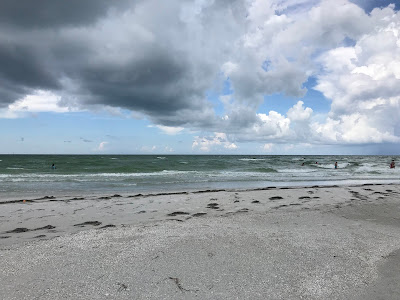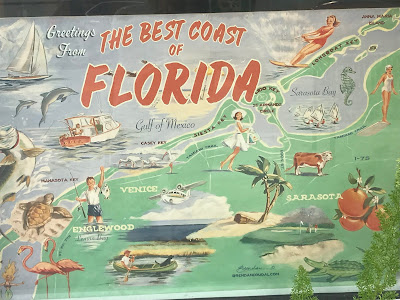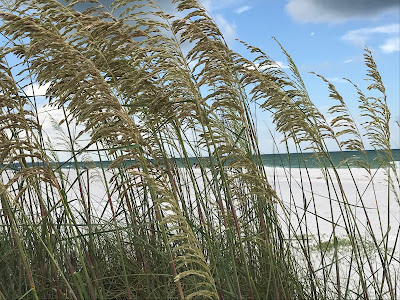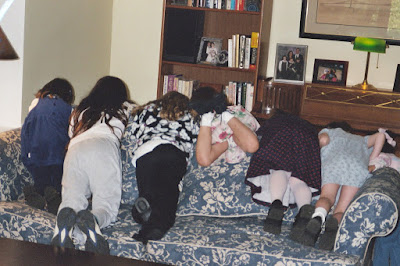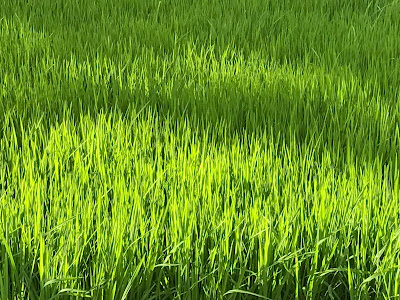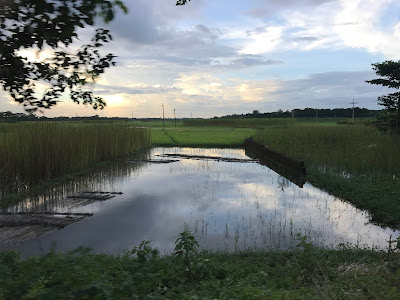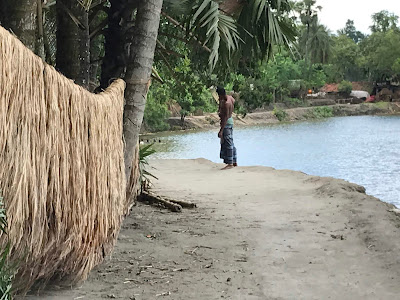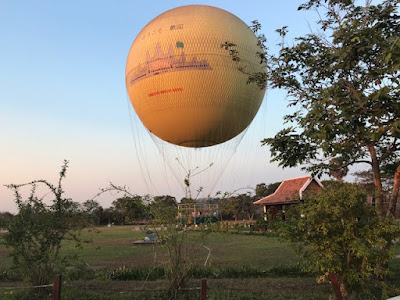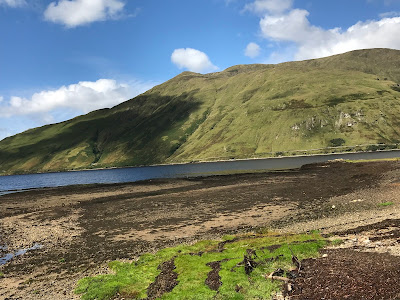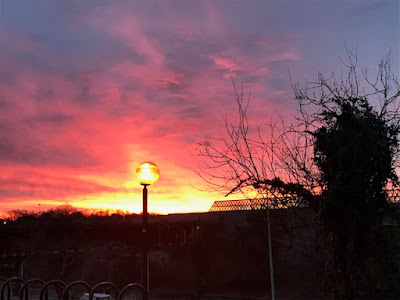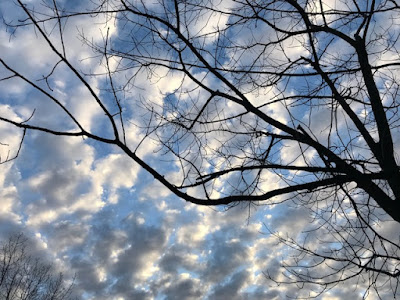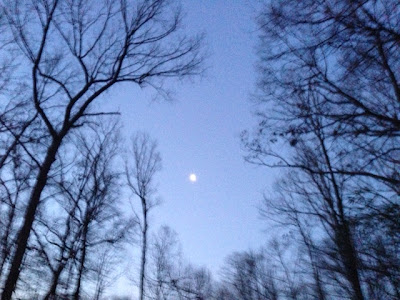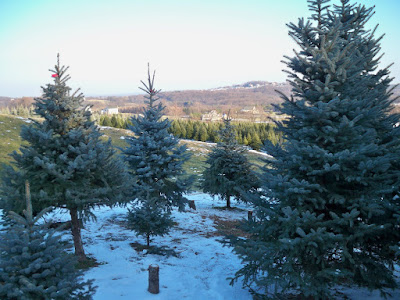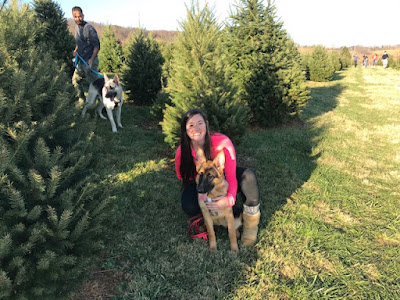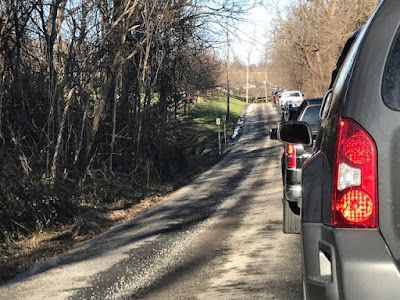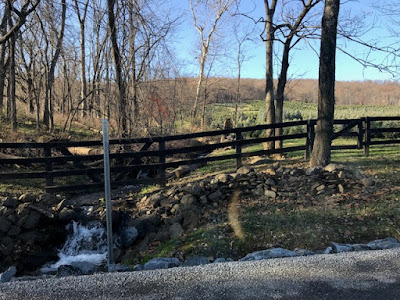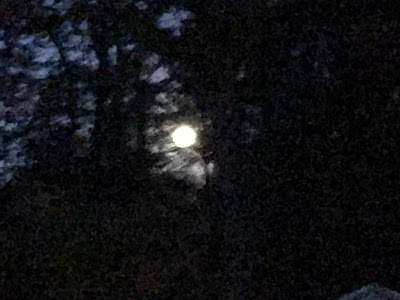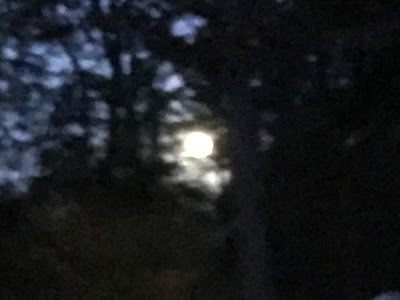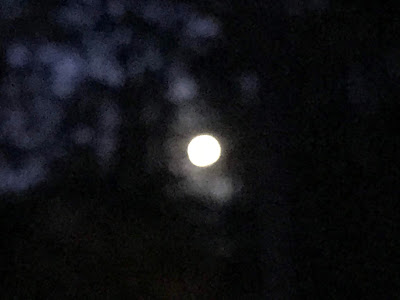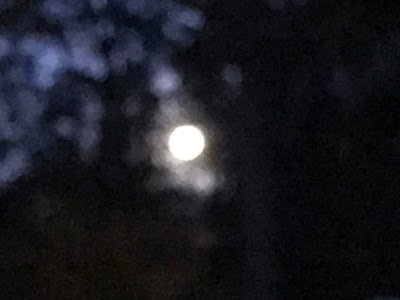The best books are not only satisfying in and of themselves but they also lead us to other great reads. Such is the case with The Old Ways, which I finished last night.
Edward Thomas, the British poet and nature writer who died in World War I, and Nan Shepherd, author of The Living Mountain, are two authors now on my must-read list, courtesy of Robert McFarlane.
“A mountain has an inside,” Shepherd wrote, describing the caves and cavities of her native Cairngorms, which she explored throughout her long life. Her prepositions are notable, McFarlane writes. She went not just up but “into the mountains searching not for the great outdoors but instead for profound ‘interiors,’ deep ‘recesses’.”
It’s landscape as self-scape, not in a shallow way but in the most original of human ways, realizing that earth is our home and in nature we discover our best and truest selves.
Here’s McFarlane on Shepherd:
‘On the mountain,’ she remarks in the closing sentences of The Living Mountain, ‘I am beyond desire. It is not ecstasy … I am not out of myself, but in myself. I am. That is the final grace accorded from the mountain.’ This was her version of Descartes’s cogito: I walk therefore I am. She celebrated the metaphysical rhythm of the pedestrian, the iamb of the ‘I am,’ the beat of the placed and lifted foot.
